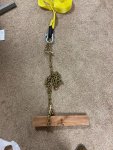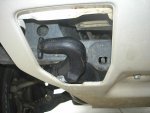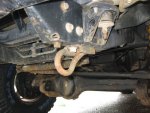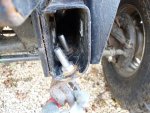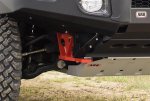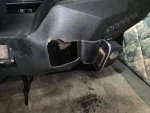Since I have all of your attention, I am going to keep this discussion going with a few more questions.
I know the best way to connect one vehicle to the other is by a couple of welded on recovery points. Lacking that, I have to look for alternatives. I now have the hitch mounted shackle. Looked at a lot of Matt’s Recovery videos. He has a couple of ones where he talks about where to connect on someone else’s car.
But between the two points, I came up with 11 different ways to tie the vehicles together. So, I set each one up, took a picture, and have posted them below. Some are probably good. Some, you might look at and say, “I hope you kept your receipts, because you need to pack it all up, return it, and never try this again.”
I am sure at some point, for some reason or another, you need to deviate slightly from the preferred method. When that happens, I would like to get some thoughts on which end of the scale each one of these is. (Make sure I stay on the right end of the scale.) If one is a bad idea, tell my why it is a bad idea. That way, if I come up with number 12 and 13, I can start evaluating them on my own.
Thanks again in advance for all of your help and education.
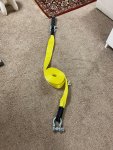
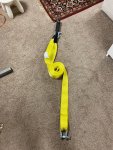
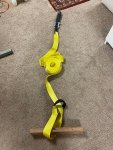
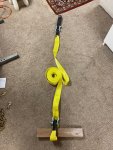
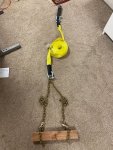
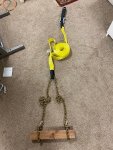
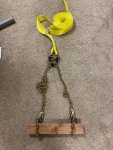
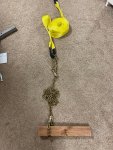
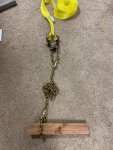
I know the best way to connect one vehicle to the other is by a couple of welded on recovery points. Lacking that, I have to look for alternatives. I now have the hitch mounted shackle. Looked at a lot of Matt’s Recovery videos. He has a couple of ones where he talks about where to connect on someone else’s car.
But between the two points, I came up with 11 different ways to tie the vehicles together. So, I set each one up, took a picture, and have posted them below. Some are probably good. Some, you might look at and say, “I hope you kept your receipts, because you need to pack it all up, return it, and never try this again.”
I am sure at some point, for some reason or another, you need to deviate slightly from the preferred method. When that happens, I would like to get some thoughts on which end of the scale each one of these is. (Make sure I stay on the right end of the scale.) If one is a bad idea, tell my why it is a bad idea. That way, if I come up with number 12 and 13, I can start evaluating them on my own.
- Shackle to shackle.
- Shackle, looped through another shackle, to shackle.
- Shackle, looped around the ____ (insert car part here) to shackle.
- Shackle to bowline around the _____.
- Shackle to bowline around the _____ with another shackle.
- Shackle to shackle to doubled up recovery chain.
- Shackle to recovery strap loop to doubled up recovery chain.
- Shackle to recovery strap loop to doubled up recovery chain with a reef knot.
- Shackle to recovery strap loop to recovery chain.
- Shackle to recovery strap loop to recovery chain with a reef knot.
- Shackle to shackle to recovery chain.
Thanks again in advance for all of your help and education.
- Shackle to shackle.

- Shackle, looped through another shackle, to shackle.

- Shackle, looped around the ____ (insert car part here) to shackle.
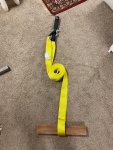
- Shackle to bowline around the _____

- Shackle to bowline around the _____ with another shackle.

- Shackle to shackle to doubled up recovery chain.

- Shackle to recovery strap loop to doubled up recovery chain.

- Shackle to recovery strap loop to doubled up recovery chain with a reef knot.

- Shackle to recovery strap loop to recovery chain.

- Shackle to recovery strap loop to recovery chain with a reef knot.

- Shackle to shackle to recovery chain.

